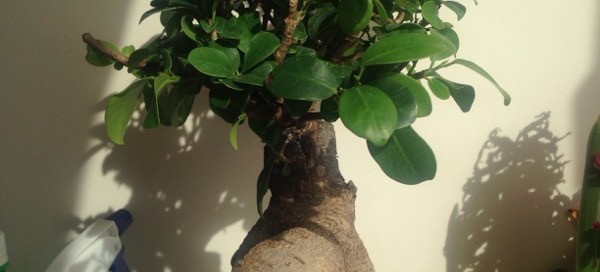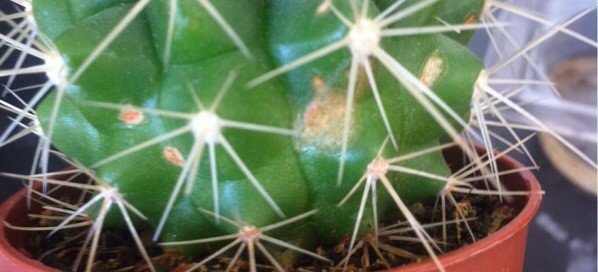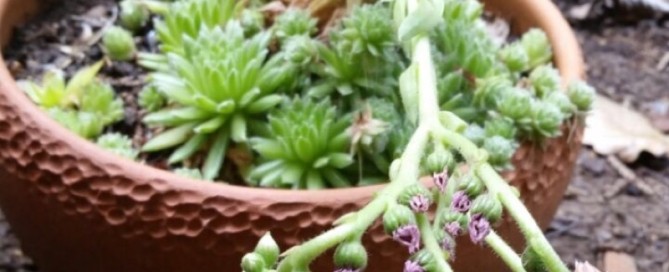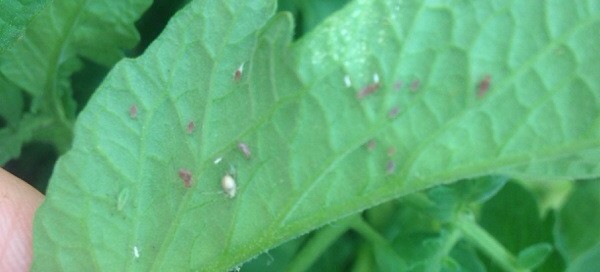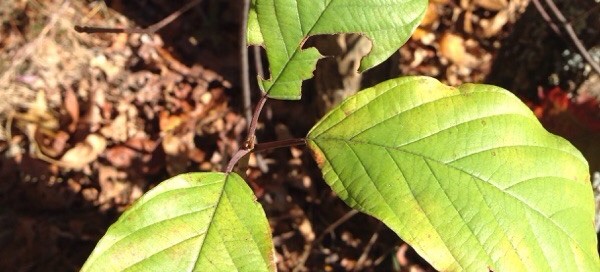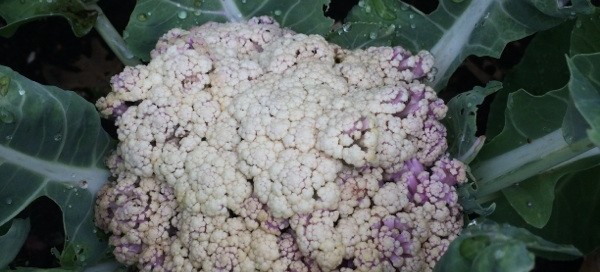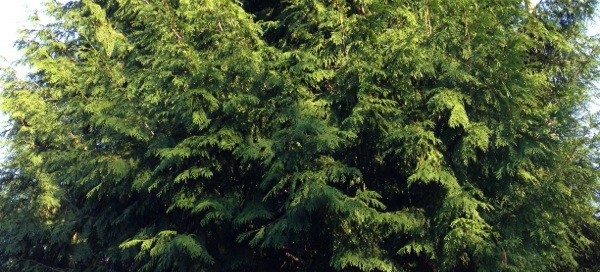Ginseng Ficus Bonsai
Its form and foliage resembles the Ficus genus, possibly F. microcarpa also known as F. retusa. Ficus are known for their dramatic roots that survive above ground resembling bulbous structures. It makes an ideal houseplant/bonsai provided there is bright indirect light, regular water, and a slow release or organic fertilizer formulated for container plants. Make sure the plant does not sit in water because this may lead to root rot. Feed with a water soluble organic or slow-release fertilizer formulated for container plants at 1/2 the recommended dilution rate during its growth cycle. Again, make sure the container has adequate drainage and allow to drain out completely, but do not allow it to sit in water. Also be aware that most Ficus do not like their locations changed and will show their displeasure by dropping its leaves. Once you find a good site with bright, indirect light and it is thriving, try to keep it there.
